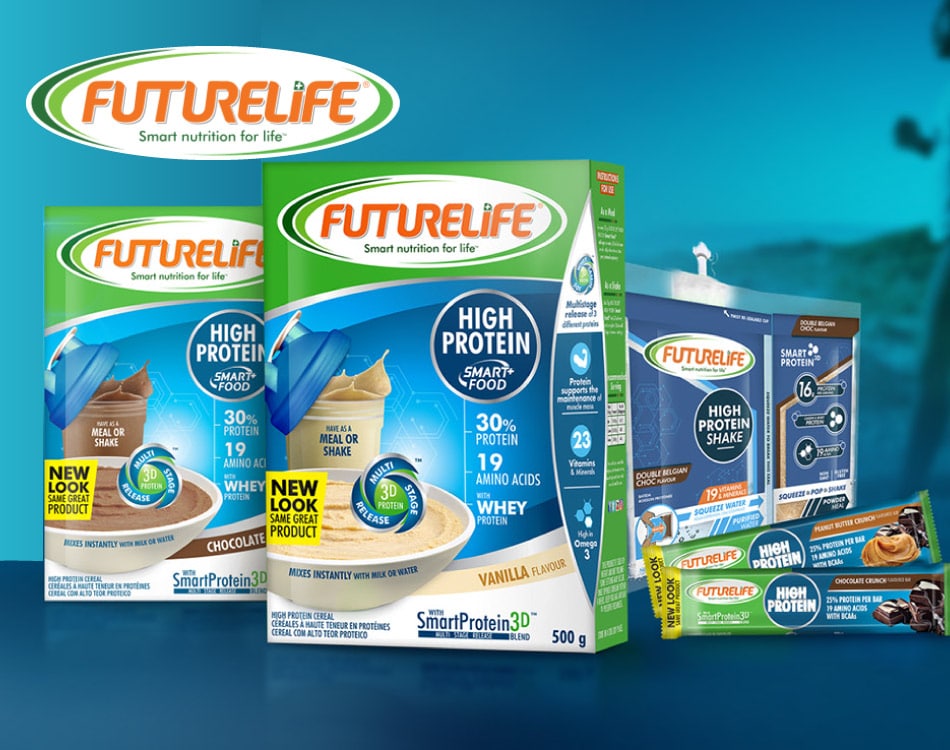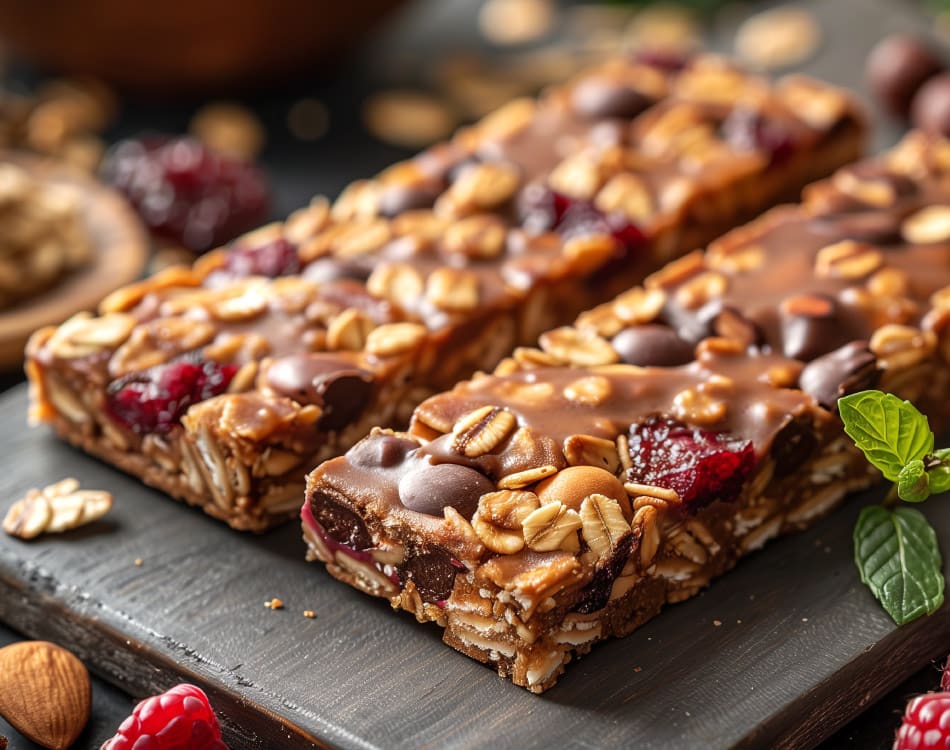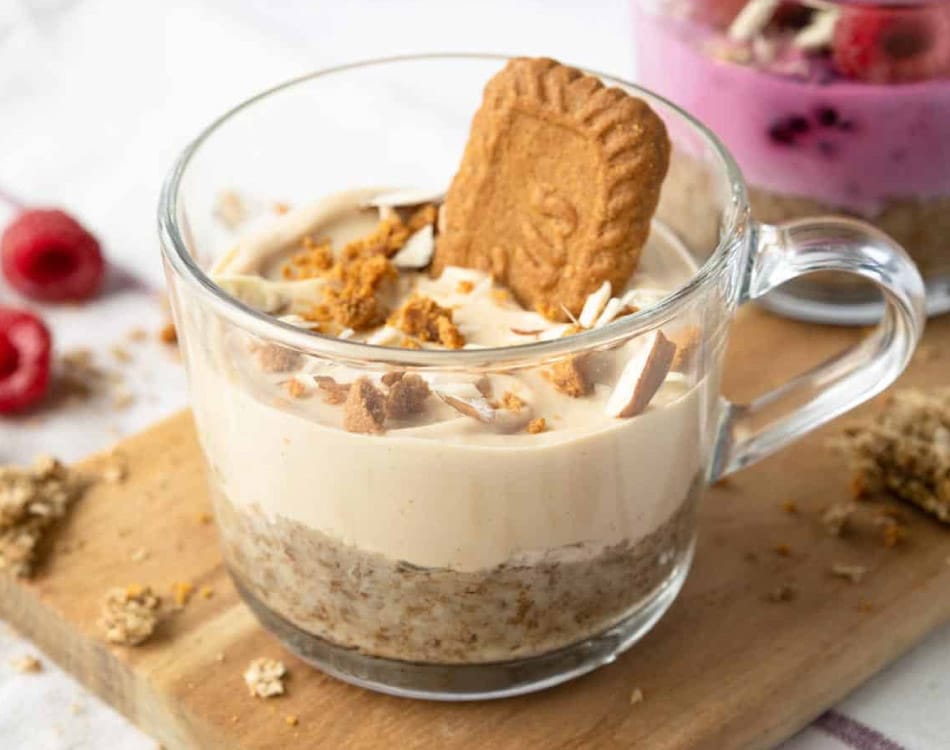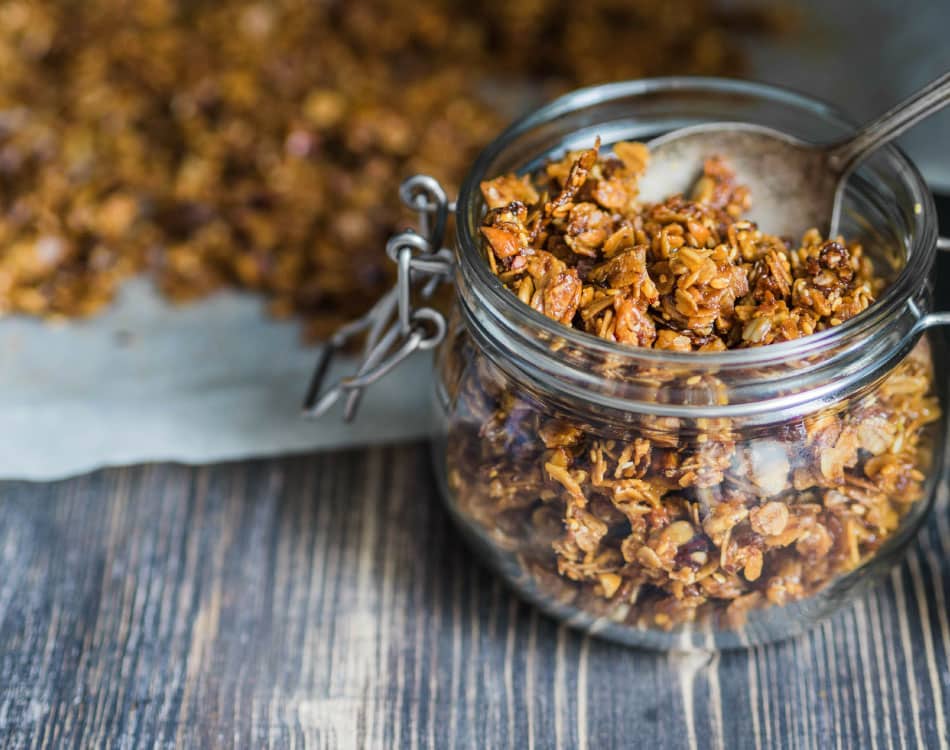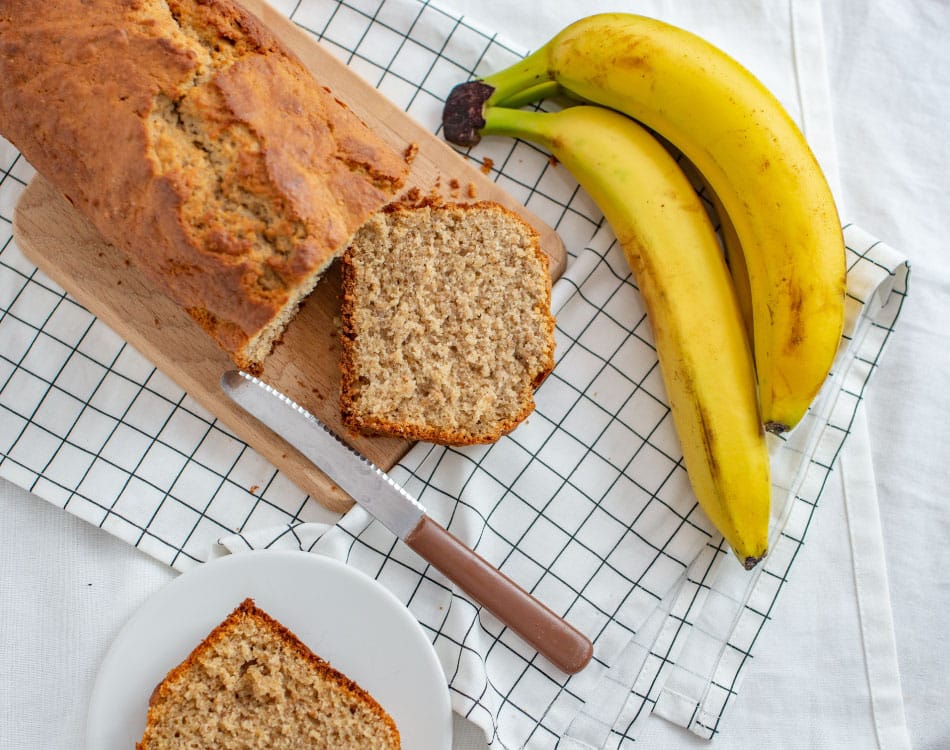It’s well known that protein is important for our muscles but the role of protein stretches so much further than just that.
Protein is an important part of our diet and essential for so many functions. Many people have questions about when they need protein, why they need protein and just how much protein they need. This article aims to answer these questions.
READ MORE | Your Guide To Choosing A Protein Source
Meeting your daily protein needs
Our bodies are made up of proteins – they are found in our bones, muscles, skin, hair and nearly every other tissue or body part.
Protein is made up of long chains of amino acids that join together. Amino acids are the building blocks of proteins which form the many proteins in our bodies.
As a nutrient, protein performs various roles and functions in our body. We need to obtain an adequate amount of protein in our diet daily to help build, maintain and repair body tissues.
Many of the body’s structural components are made up of protein. Proteins make up many enzymes and hormones which help to regulate body processes and chemical reactions. Proteins play an important role in our immune systems and help fight off infections1.
The amount of protein you require each day depends on numerous factors such as activity level, age, muscle mass, and overall health and nutritional goals.
Protein intake of about 30% of your total calories has been shown to assist with weight management. Alternatively aim for 1-1.2 g/kg of protein per day.
The more physically active you are, the higher your protein requirements. According to the International Society of Sports Nutrition, protein intake of 1.4g- 2g/kg/day is recommended for active individuals to assist with muscle synthesis and repair.
READ MORE | Trust Futurelife® Repair Food™ To Build, Repair And Preserve Muscle
Explaining protein distribution
While many people eat large amounts of protein at supper, it is not uncommon for the rest of the day’s meals to be quite low in protein.
Ideally, protein should be distributed throughout the day’s meals.
There are multiple reasons for this, including the fact that protein foods improve the satiety value and lowers the glycaemic index of meals, and it assists with muscle maintenance.
Here is an example of how an 80kg male who needs 1.6g/kg protein per day (128g protein) could distribute his protein intake:
- Breakfast: 2 boiled eggs and a 50g serving FUTURELIFE® Smart Oats® and Ancient Grains with ½ cup milk (25g protein)
- Snack: FUTURELIFE® High Protein Bar and a fruit: (12.5g protein)
- Lunch: 150g chicken with vegetables and a starch (32g protein)
- Snack post training: 75g FUTURELIFE® HIGH PROTEIN Smart food™ (22g protein)
- Dinner: 180g lean meat with salad & starch (40g protein)
Did you know? Including protein in your breakfast not only helps you to reach your protein requirements for the day, but is also linked to a healthy bodyweight and reduced cravings.
READ MORE | Protein Absorption Rates Explained
The importance of protein after exercise
Recovery after exercise requires three very important R’s:
- Refuelling the body
- Repairing your muscles
- Rehydrating.
Protein is responsible for the repair part (although sufficient protein can also increase the rate of refuelling).
Muscles develop tiny tears during exercise and protein is essential for the repair of these muscles, which results in growth in both muscle strength and size.
The amount of protein required in the period soon after exercise is 0.25-0.3g/ kg bodyweight (about 20-30g) for muscle repair1. Ideally, you want to consume this within the first 30-60 minutes after exercise.
READ MORE | What’s So Smart About Futurelife®’s Smartprotein3d™ Formulation?
A closer look at Futurelife SmartProtein3D™
SmartProtein3D™ is a scientific blend of 3 protein sources:
- Whey protein
- Casein protein
- Soy protein
International research has shown that a blend of proteins provides a more balanced amino acid (building blocks of protein) profile than a single protein source2.
Another benefit of the SmartProtein3D™ protein blend is the different digestion rates of the various proteins.
Whey has a fast digestion rate, soy an intermediate digestion rate and casein a slow digestion rate.
This means amino acids from this protein blend are absorbed into the body over a longer period of time, thereby optimising the muscle synthesis and repair process post exercise.
SmartProtein3D™ is classified as a complete protein as it provides 19 amino acids, including nine essential amino acids that cannot be produced by the body and need to be consumed in the diet.
FUTURELIFE® HIGH PROTEIN Smart food™, HIGH PROTEIN Shake, High Protein Bar and High Protein LITE Bar have all been beneficially formulated with SmartProtein3D™.
Now that you have a guide on the why, how and when, go and be a protein pro!
Written by Angela Leach
REFERENCES
- http://drugfreesport.org.za/wp-content/uploads/2018/04/Position-stand-on-Nutrition-Athletic-Performance-ACSM-2016-1.pdf
- Gregory L. Paul, Journal of the American College of Nutrition, Vol, 28, No. 4, 464S-472S (2009)

